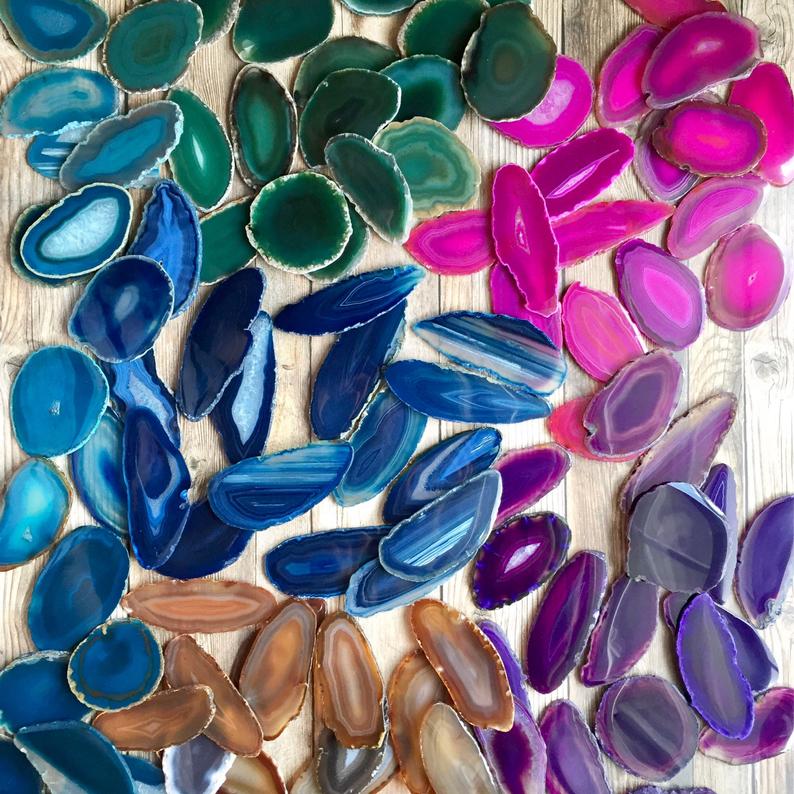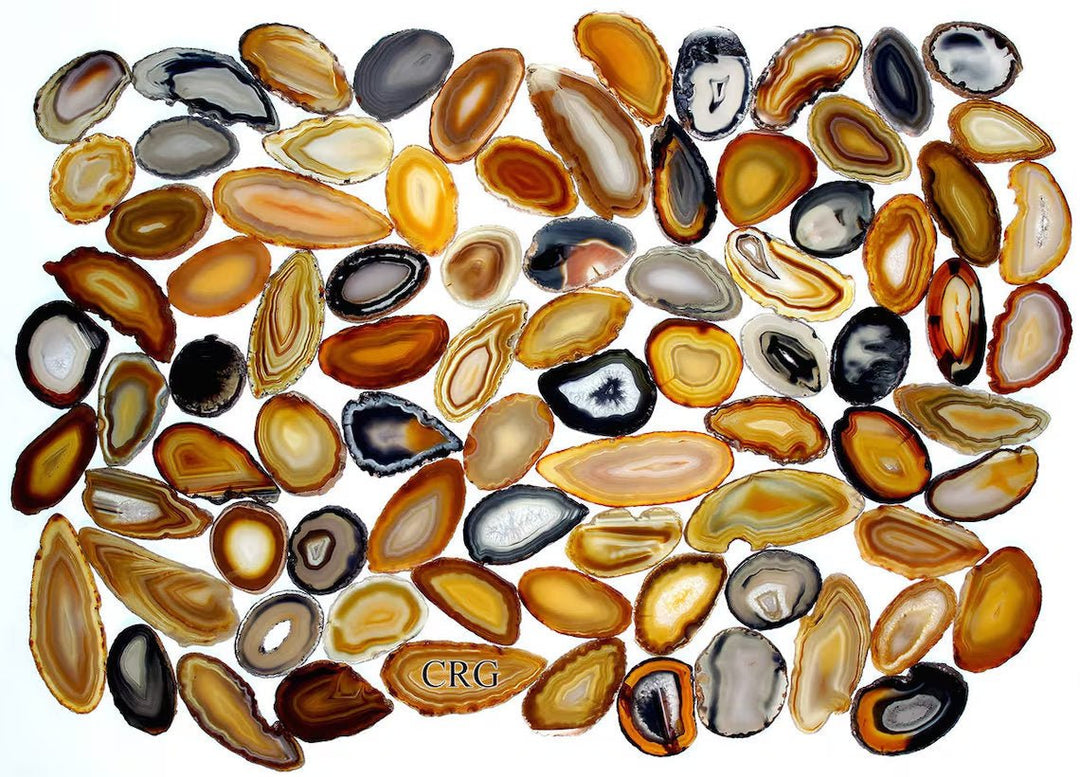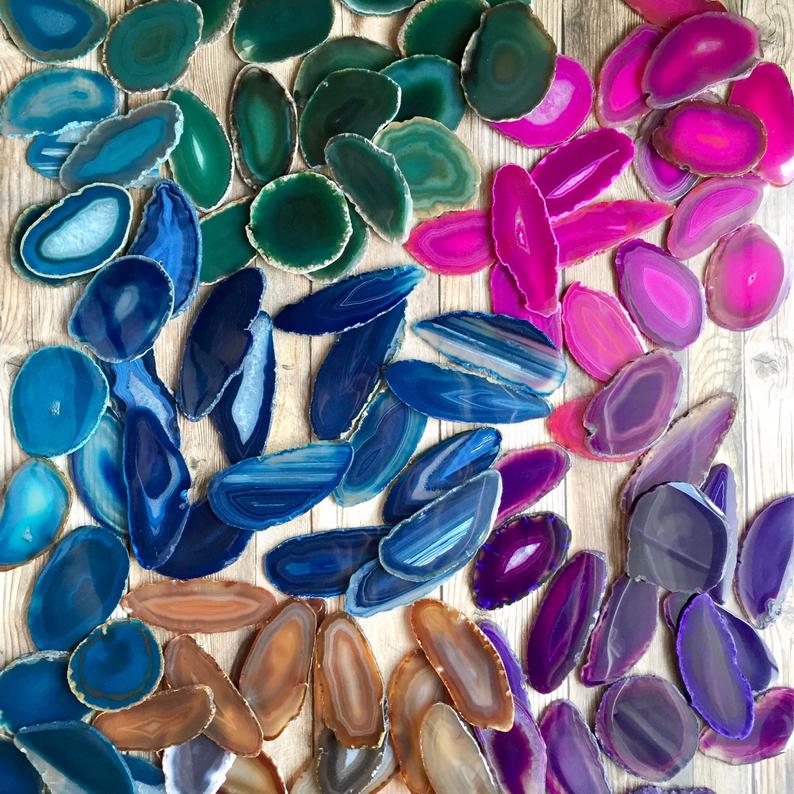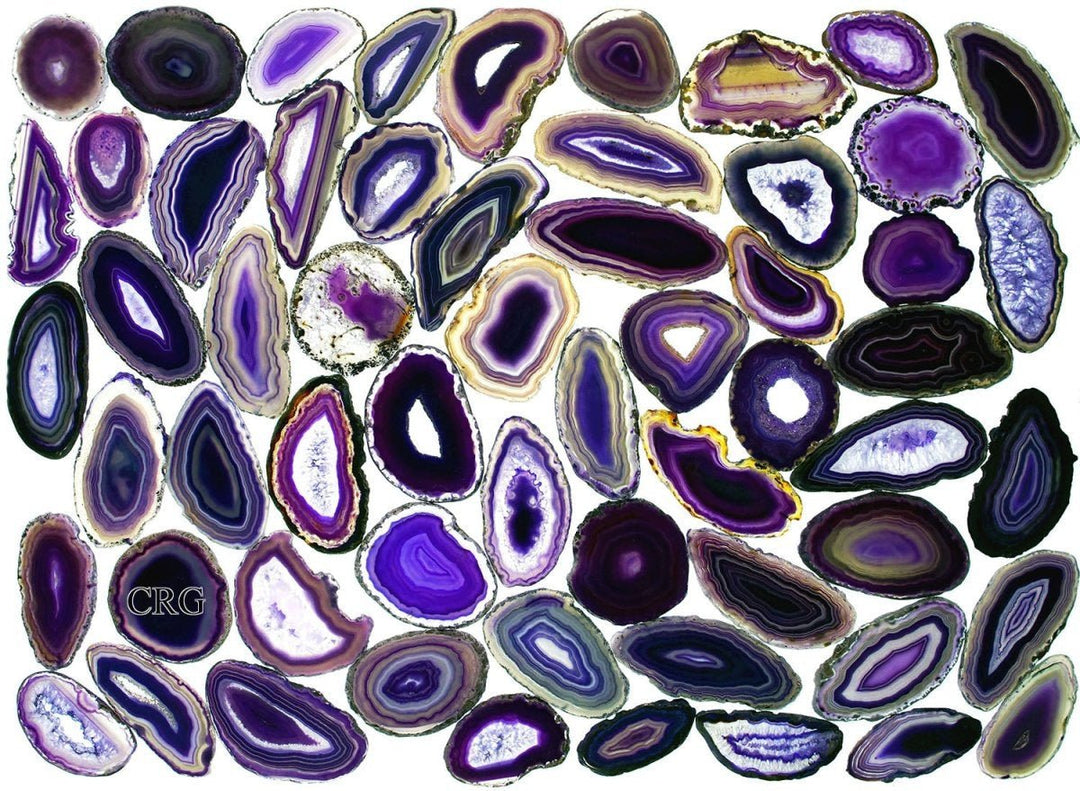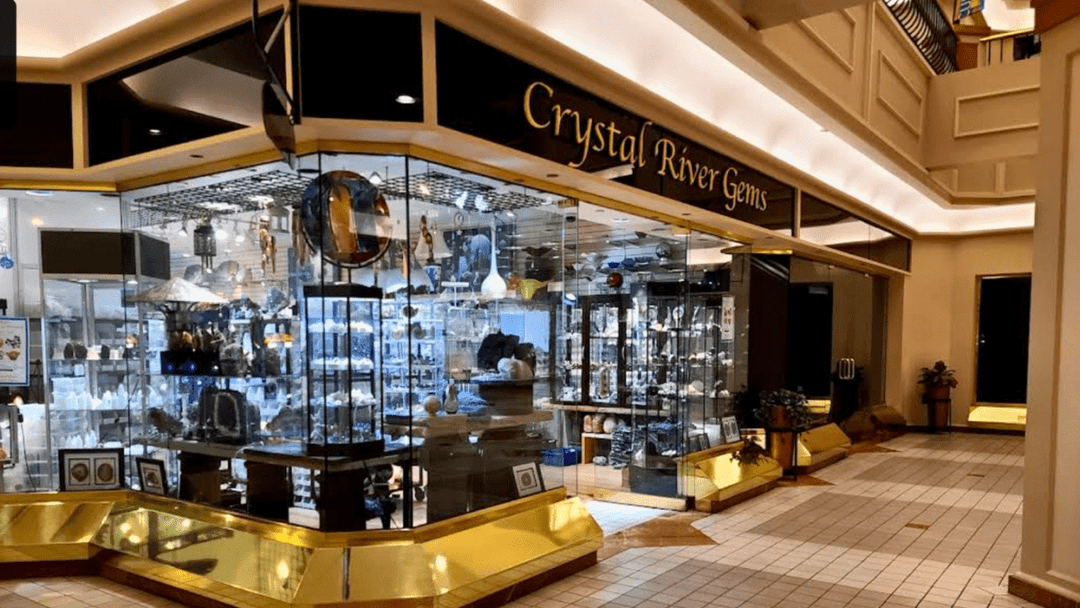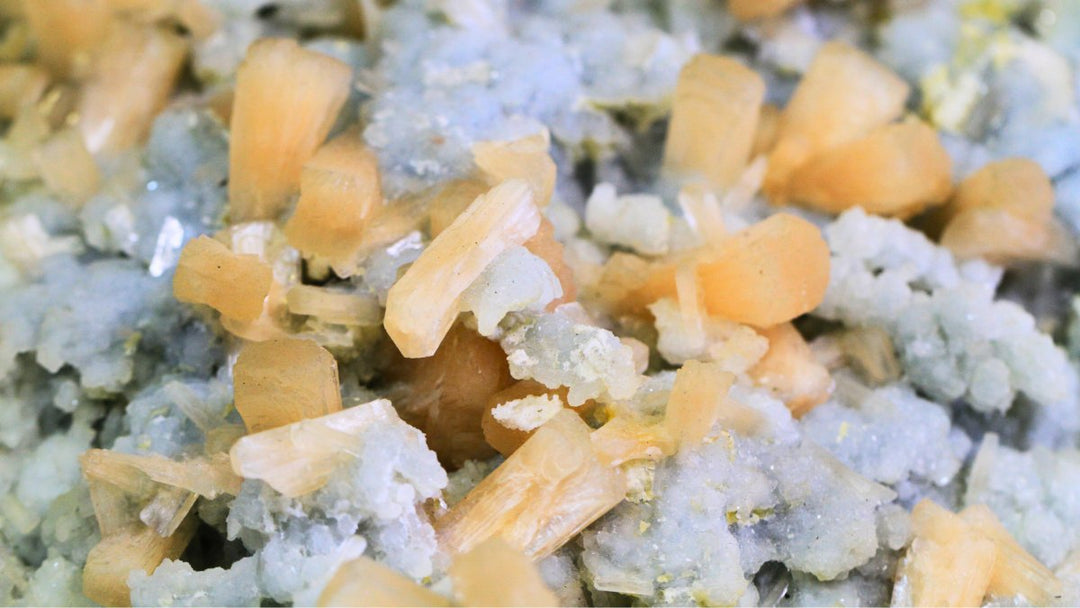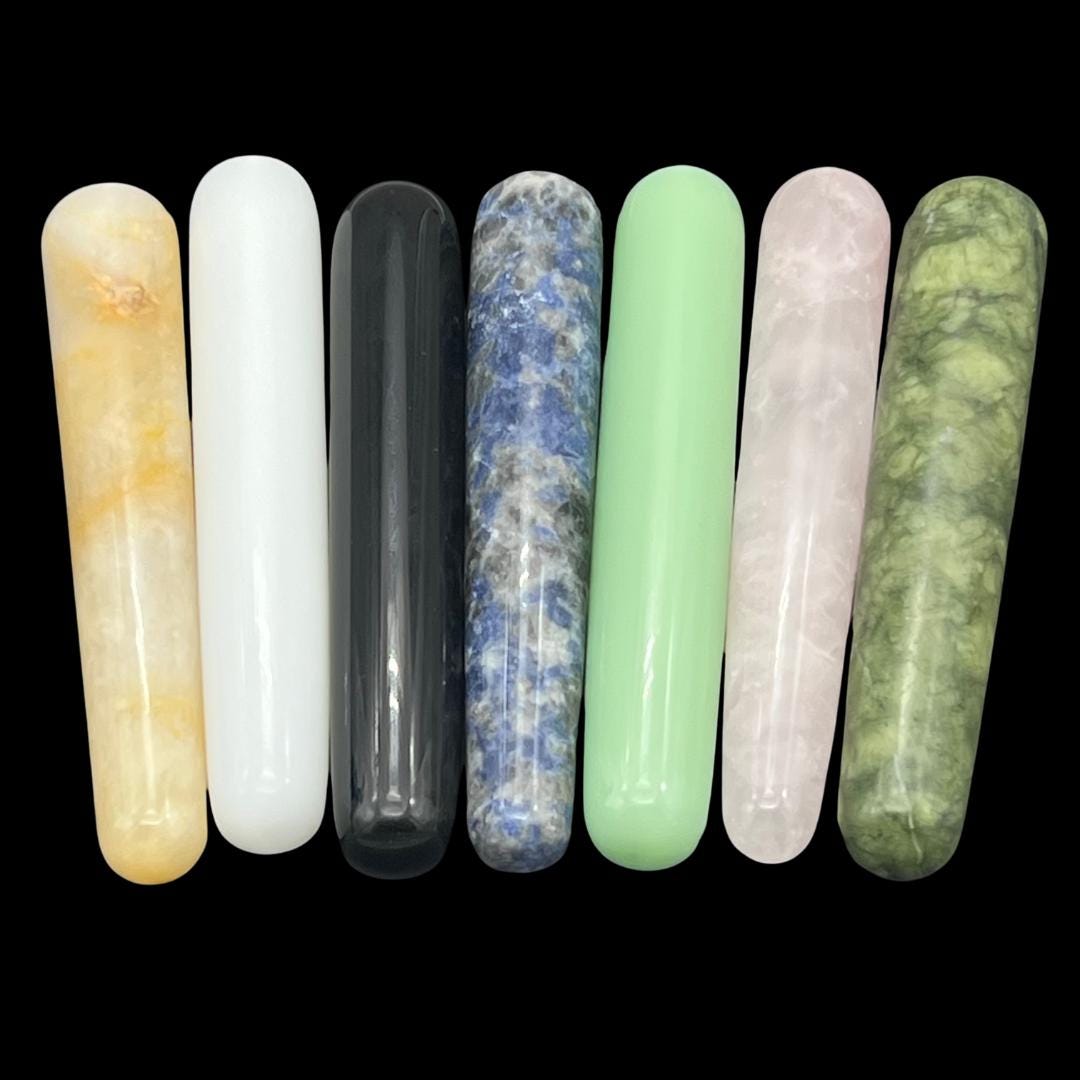So what’s the big deal about tektites? Moldavite and Libyan Desert Glass (LDG) are quite the hot topic in the crystal community. A tektite is a natural glass that formed in the heat of an asteroid impact, and the asteroids that created moldavite and LDG struck the Earth millions of years ago. Let’s talk about these tektites and outline how to distinguish between fakes and genuine specimens.

The asteroid that formed moldavite is thought to have slammed into the Earth about 15 million years ago. Scientists believe the asteroid broke into two pieces, which produced the Ries and Steinheim craters in Germany. These pieces hit with a high enough velocity to melt and fling the target rock across portions of what is now the Czech Republic, Germany, and Austria. As the melted rock cooled and solidified mid-air, it rained down and got buried. The vast majority of it ended up in the Czech Republic. Over the millions of years that passed since its impact event, moldavite was buried deeper and deeper into the Earth. Consequently it is found today in small areas of the original strewn field. It is a generational stone, meaning it was discovered and will likely be completely mined out within a single generation.

Moldavite is a yellowish-green, green, or brown natural glass that reaches up to a few centimeters in diameter. Specimens often exhibit unusual shapes with rough, pitted textures. There is a lot of fake moldavite on the market, so be on the lookout! Genuine moldavite will have an irregular shape and a rugged texture. It will have bubbles, which can be round but are more frequently elongated. Its green color can glow beautifully when a light is shining through it, but when not aided by light, moldavite's green will be relatively understated and not uniform throughout the specimen. Some pieces may be very light green and some may be almost black. Fake moldavite, on the other hand, commonly boasts a bright, vibrant green hue whose saturation doesn't require backlight. Fake moldavite might look glossy, lack any inclusions or bubbles, appear uniform in shape, and generally be too perfect. Mother Nature loves flaws and inclusions, so if a moldavite piece seems suspiciously immaculate, it could just be an imitation of the real deal.

In contrast to moldavite, Libyan Desert Glass (known as “the rock of god” by the ancient Egyptians) was formed when an asteroid hit the Earth about 29 million years ago. That makes LDG about 14 million years older than moldavite. Instead of striking Europe, this asteroid struck the eastern desert in Egypt and Libya. The extreme heat and pressure generated by the impact caused the local sand and rocks to melt and fuse. After the fusion, the material cooled and solidified as LDG. The majority of LDG is found within the Great Sand Sea, which is part of the Libyan Desert in Egypt. This massive, uninhabited desert spans an area of 72,000 square kilometers and is home to many LDG fragments scattered through the sand dunes. The glass is not evenly distributed and is usually found as individual pieces rather than in concentrated deposits. Locating specimens can be an incredibly arduous task due to the harsh desert environment in which they dwell.

Libyan Desert Glass is characterized by its distinctive yellow to green color. It can be transparent to opaque, and varies in size from small fragments to much larger pieces weighing several kilograms. It bears a smooth and polished surface, making it both visually striking and an appealing sensory experience to touch. Fake LDG is not as common as fake moldavite, but with the recent popularity of tektites, fakes unfortunately do exist. Similarly to moldavite, the first red flag of which to be aware is a high color saturation. While it is possible for a genuine LDG specimen to show high saturation, it is rare. An extremely bright or vivid yellow should raise an eyebrow. Next, LDG should contain inclusions. It might be necessary to use a jeweler’s loupe to find these inclusions embedded in the glass. All in all, fake Libyan Desert Glass often resembles banana-colored sea glass. But with any stone or crystal, if you aren’t certain whether a given specimen is real or fake, it is always a good idea to consult with a geologist.
The popularity of tektites has been blossoming, and we understand why. Holding a tektite is like holding a piece of outer space. They seem not of this world – and in a way, they aren’t. They would not exist without their asteroid parents. We are fascinated by their imperfect shapes and their inclusions; these are evidence of the violent chaos that created them. That chaos has been frozen in time, etched and embedded in the glass of the tektites.
Click here to shop all Moldavite.
Click here to shop Libyan Glass.



